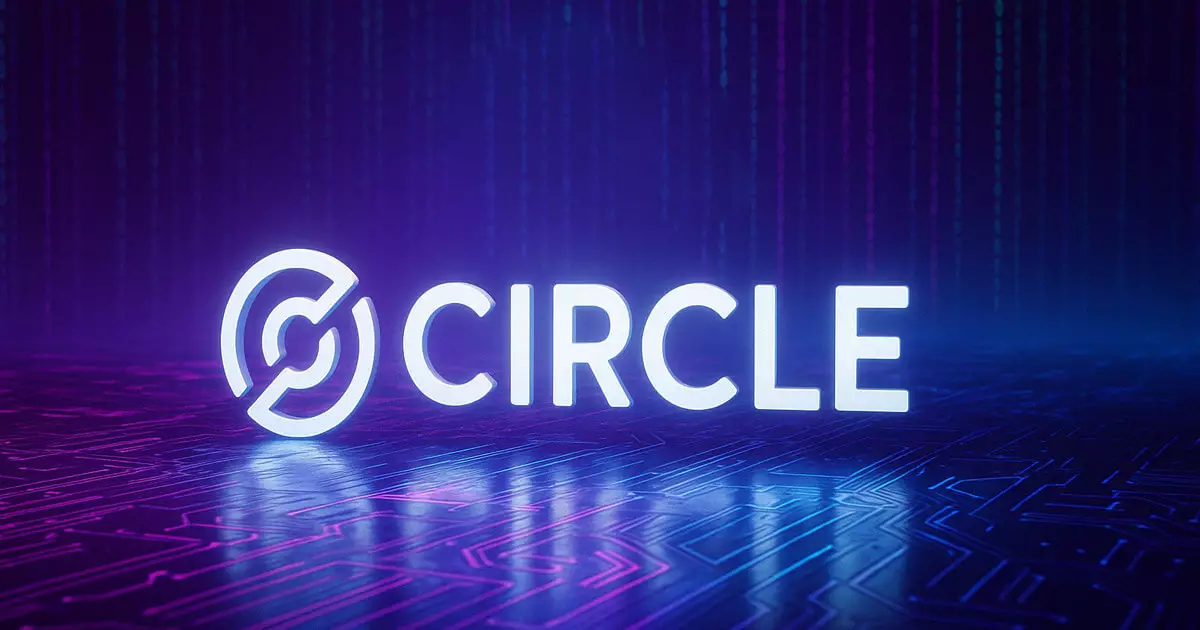In what can only be described as a seismic shift in the financial landscape, Circle’s CRCL shares skyrocketed by an astounding 34% to close at $199.59 on June 18. This impressive leap came on the heels of an all-time high of $200.90, positioning the stock nearly six and a half times above its initial public offering (IPO) price of $31, which was only set on June 5. Such dramatic fluctuations in share prices often evoke a mix of skepticism and exuberance, but it cannot be denied that Circle has captured the market’s attention—especially after the Senate’s decisive 51–23 vote to advance the Guiding and Establishing National Innovation for US Stablecoins (GENIUS) Act.
Legislative Milestones: A Double-Edged Sword?
The swift advancement of the GENIUS Act has been heralded by Circle’s CEO, Jeremy Allaire, as a historic moment that promises to bolster the U.S. economy and national competitiveness for years to come. This enthusiasm, however, is met with cautionary undertones. While a regulatory framework is undoubtedly critical for fostering a stable financial ecosystem, the stringent mandates within the bill could also stifle innovation. By requiring stablecoin issuers to maintain reserves equivalent to outstanding tokens, restrict these reserves to cash or short-dated Treasuries, and bar yield payments, lawmakers risk suffocating entrepreneurship with excessive compliance burdens. It raises the question: are we paving the way for genuine advancement, or are we simply prolonging a bureaucratic quagmire?
Market Reactions: A Blooming Ecosystem
Equity traders are cheering the positive trajectory, with Coinbase’s shares peaking up by 14% and Robinhood’s by 4.5%. Circle’s destiny is now intertwined with the market dynamics of other trading platforms, reflecting a burgeoning ecosystem rather than a solitary success story. However, one has to ponder the sustainability of this enthusiasm. As regulatory measures tighten, will we see emerging stablecoins grappling with these restrictions while behemoths like Circle and Coinbase continue to thrive, or will regulatory compliance ultimately drive them to scale back ambition?
Implications of GENIUS on the Wider Crypto Landscape
The GENIUS Act also directs the Treasury Department to establish quarterly audit templates and grants the Commodity Futures Trading Commission oversight of spot markets, which might add a layer of legitimacy to the crypto world. But, is oversight synonymous with progress? The fine balance between nurturing innovation and safeguarding consumers will be put to the test. Circle’s USDC, now the second-largest dollar-pegged stablecoin, is poised to comply seamlessly with the GENIUS Act, all while maintaining its revenue model through interest on the Treasuries backing USDC.
The Dawn of a New Financial Paradigm?
Circle’s market capitalization, which now exceeds $48 billion, invites both admiration and trepidation. Standing as one of the year’s stalwart performers on the New York Stock Exchange, Circle’s success ignites conversation about the future of digitally-driven financial services. As we look to a potential August recess for legislative approval, the stakes have never been higher. In the realm of finance, the fine line between regulation and opportunity is now more critical than ever.

